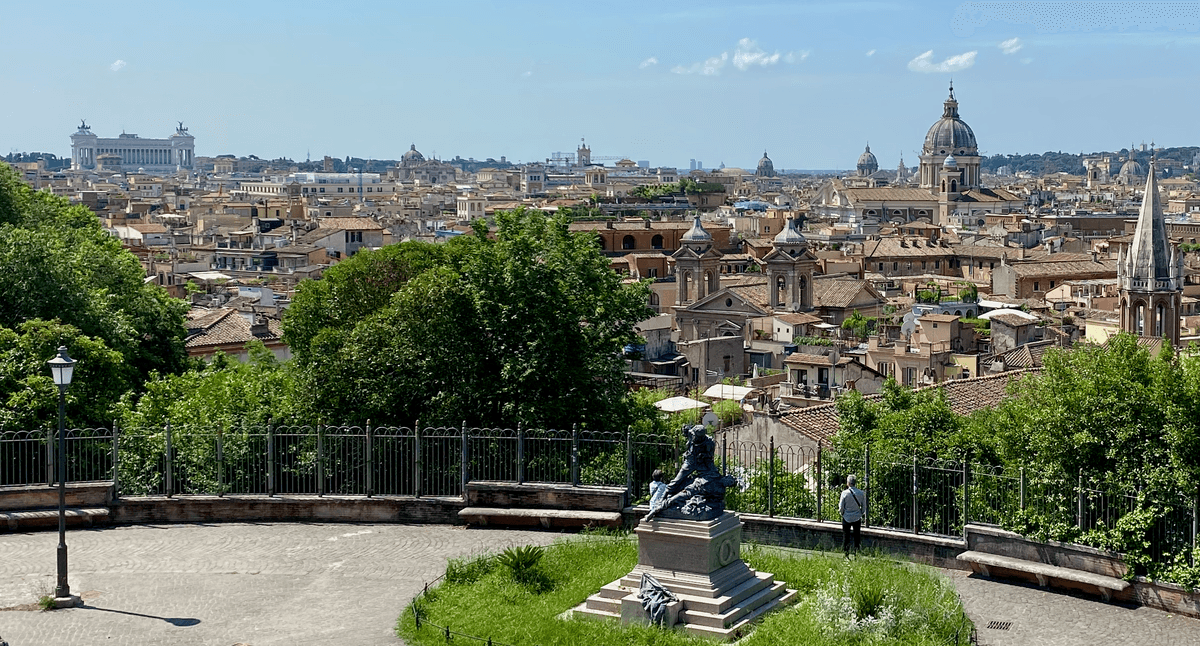
April 4, 2025
Hidden Gems in Rome: 5 Places Tourists Often Miss
While the Colosseum, Vatican, and Trevi Fountain draw millions of visitors annually, Rome hides countless treasures in plain sight. Here are five extraordinary spots most tourists miss that will transform your Roman holiday from typical to truly memorable.
1. San Pietro in Vincoli (Saint Peter in Chains)
Tucked away on Oppian Hill, this 5th-century basilica might seem unassuming from outside, but it houses one of Michelangelo's greatest masterpieces – the statue of Moses created for Pope Julius II's tomb. The powerful, horned figure of Moses alone is worth the visit, but the church takes its name from another treasure: the chains that allegedly bound Saint Peter during his imprisonment in Jerusalem, displayed in a reliquary under the main altar.
What makes this spot special is the lack of crowds that plague Rome's more famous attractions. You can appreciate Michelangelo's genius in relative peace, often with just a handful of other visitors. The church is free to enter and is just a short walk from the Colosseum.
2. The Aventine Keyhole
On the peaceful Aventine Hill sits the Priory of the Knights of Malta, with an unassuming green door that holds one of Rome's most magical secrets. Peek through the keyhole, and you'll be treated to a perfectly framed view of St. Peter's Basilica dome, as if through a tunnel of manicured hedges.
This optical illusion was carefully designed, creating three sovereign states in one view: you stand in Italy, look through the property of the Knights of Malta (a sovereign entity), and see the Vatican City in the distance. It's completely free and offers one of the most Instagram-worthy shots in Rome.
3. Quartiere Coppedè
Between Via Tagliamento and Via Dora, you'll find Rome's smallest and strangest district – a fairytale neighborhood designed by architect Gino Coppedè between 1913 and 1927. This architectural fantasy land blends Art Nouveau with Gothic, Baroque, and ancient Greek influences, creating a surreal atmosphere.
Enter through a grand arch supported by ornate columns and decorated with chandeliers, then discover buildings adorned with intricate carvings, mythological creatures, and whimsical decorations. The Fountain of the Frogs in the central piazza is especially charming. This area feels like stepping into another world, yet remains virtually unknown to most visitors.
4. Via Appia Antica (Appian Way)
Known as the "Queen of Roads," the Ancient Appian Way was one of the earliest and most strategic roads of the Roman Republic, connecting Rome to Brindisi in southeast Italy. Today, you can walk on the original Roman paving stones laid over 2,300 years ago, flanked by ancient tombs, catacombs, and ruins.
The area is now a regional park, offering a peaceful escape from the city center. Rent a bicycle to explore further along the road, visit the catacombs of San Callisto or San Sebastiano, or simply enjoy a picnic surrounded by ancient history. On Sundays, the road is closed to traffic, making it perfect for strolling. Despite its historical significance, the Appian Way remains remarkably uncrowded.
5. Palazzo Doria Pamphilj
While tourists queue for the Vatican Museums, this magnificent private collection housed in a noble family's palace on Via del Corso offers an equally impressive art experience without the crowds. The Doria Pamphilj family still owns the palazzo, which contains masterpieces by Caravaggio, Raphael, Titian, and Velázquez, including the famous portrait of Pope Innocent X.
Wander through ornately decorated rooms, admire the art-lined Gallery of Mirrors (Rome's answer to Versailles), and gain insight into how Rome's aristocracy lived through the centuries. The audio guide, narrated by a family member, adds personal context to this hidden treasure. The palace café in the interior courtyard offers a perfect spot to rest and reflect on the splendors you've witnessed.